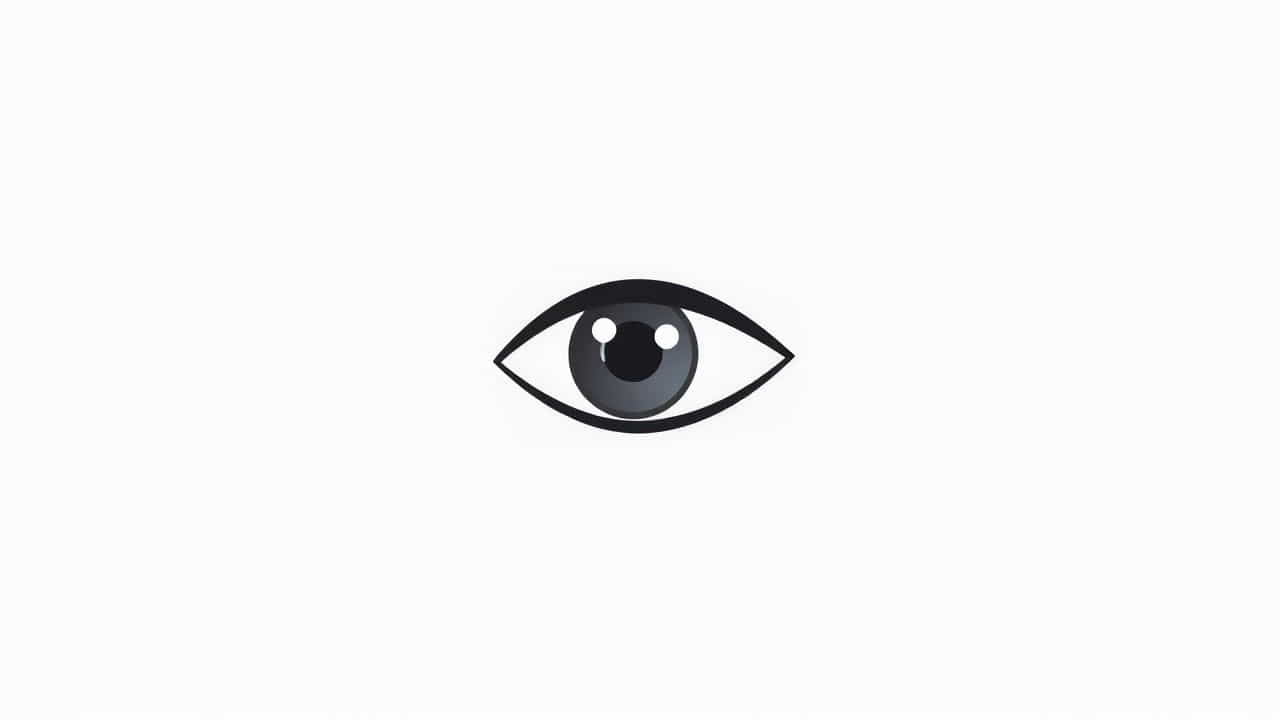Attentiveness is one of the most valuable qualities in communication. Whether you’re in a business meeting, casual conversation, or online discussion, showing that you’re paying attention builds trust, respect, and stronger relationships. But what response would demonstrate attentiveness? In this topic, we will explore the answers to that question, offering practical examples, tips, and strategies.
This guide will help you become a more present communicator by using thoughtful responses, active listening techniques, and respectful body language whether you’re writing emails, talking on the phone, or speaking in person.
What Does It Mean to Be Attentive in Conversation?
Being attentive means focusing fully on the person speaking, listening carefully to their words, and responding in a way that shows understanding and engagement. It’s about more than just hearing it’s about being present and showing that you care about what the other person is saying.
Why Attentiveness Matters in Communication
Attentiveness improves communication by:
-
Building trust and respect
-
Avoiding misunderstandings
-
Making people feel valued
-
Strengthening personal and professional relationships
Whether you’re responding to a coworker’s concern or listening to a friend, attentiveness shows emotional intelligence and maturity.
Signs of an Attentive Response
1. Paraphrasing or Restating
When you repeat or rephrase what someone has said, it shows that you’ve listened and processed the message.
Example:
"If I understand correctly, you’re saying that the deadline might need to be extended?"
2. Asking Follow-Up Questions
A thoughtful question proves that you’re not just listening but also interested in learning more.
Example:
"That sounds interesting! Could you explain how that would work in practice?"
3. Offering Affirmation
Simple affirmations demonstrate attentiveness and encouragement.
Examples:
-
"I see what you mean."
-
"That makes sense."
-
"I understand."
Body Language That Demonstrates Attentiveness
Attentiveness isn’t just verbal; your body language plays a big role, too.
-
Maintain eye contact
-
Nod occasionally
-
Face the speaker
-
Avoid distractions like looking at your phone
-
Use open posture (arms uncrossed, relaxed shoulders)
These non-verbal signals communicate that you are present and engaged.
Verbal Responses That Demonstrate Attentiveness
1. Echoing Key Points
Repeating key points from the conversation shows you’ve been listening.
Example:
"So the main challenge here is staying within budget I completely understand."
2. Offering Encouragement
Encouragement keeps the conversation flowing and makes the speaker feel heard.
Examples:
-
"Please go on."
-
"I’d love to hear more about that."
-
"That’s an important point."
3. Validating Emotions
Recognizing the speaker’s feelings builds empathy.
Examples:
-
"I can imagine that must have been stressful."
-
"That sounds exciting!"
Attentive Responses in Professional Settings
In a business environment, attentiveness boosts collaboration and productivity.
Good professional responses include:
-
"Let me make sure I’ve got this right…"
-
"Thank you for sharing that insight."
-
"I appreciate your feedback. I’ll make a note of that."
Attentive Responses in Customer Service
For customer service interactions, showing attentiveness increases satisfaction.
Example responses:
-
"Thank you for bringing this to our attention."
-
"I understand how frustrating this must be for you."
-
"Let me check on that for you and get back with an update."
Attentive Responses in Personal Conversations
In casual or personal discussions, attentiveness makes others feel valued.
Examples:
-
"Wow, that’s great news! How did you feel when it happened?"
-
"I can understand why you’d feel that way."
-
"Tell me more about what happened next."
How to Practice Attentive Listening
1. Minimize Distractions
Put your phone away and focus fully on the conversation.
2. Avoid Interrupting
Let the other person finish their thought before responding.
3. Summarize Before You Reply
This confirms that you’ve understood their point.
4. Respond Thoughtfully
Don’t rush your response. Take a moment to think before you speak.
Mistakes to Avoid When Trying to Be Attentive
1. Fake Listening
Nodding without paying attention or giving generic responses like "uh-huh" repeatedly can come across as disinterest.
2. Multitasking
Trying to do other tasks while listening divides your focus and signals that you’re not fully present.
3. Over-Talking
Dominating the conversation by shifting the focus to yourself can make the other person feel unheard.
Phrases That Show Attentiveness
Here are some ready-to-use phrases that demonstrate you’re paying attention:
-
"Just to clarify…"
-
"That’s a good point."
-
"Can you explain a bit more?"
-
"I hadn’t thought of it that way."
-
"Thanks for sharing that with me."
Attentiveness in Written Communication
Being attentive in emails or messages is just as important.
Tips for showing attentiveness in writing:
-
Start by acknowledging the message.
-
Refer to specific details the person mentioned.
-
Ask clarifying questions if needed.
-
Thank the sender for their time or input.
Example:
"Thank you for your email. I understand that you are concerned about the delivery timeline. Let me check with our logistics team and get back to you with a clear update."
Benefits of Being an Attentive Communicator
-
Stronger personal relationships
-
Better collaboration in teams
-
Higher customer satisfaction
-
Improved trust and respect
-
Fewer misunderstandings
Attentiveness also reflects well on your character, showing that you are considerate and respectful.
What Response Would Demonstrate Attentiveness?
A response that demonstrates attentiveness is one that shows you have listened, understood, and care about what the other person has said. Whether by restating key points, asking thoughtful questions, validating emotions, or offering encouragement, attentiveness strengthens communication in every aspect of life.
Practice active listening, avoid distractions, and respond with sincerity. By doing so, you’ll not only become a better communicator but also build stronger and more positive relationships both professionally and personally.
